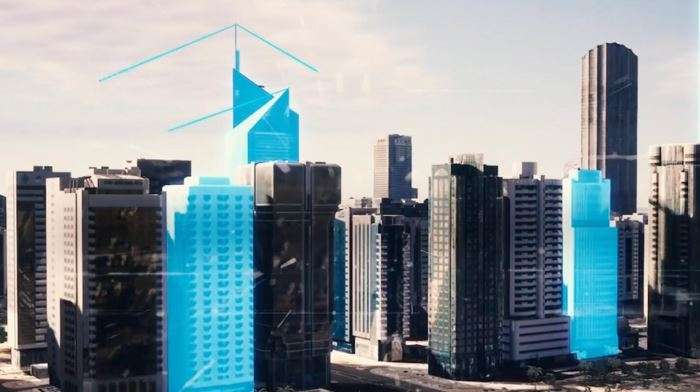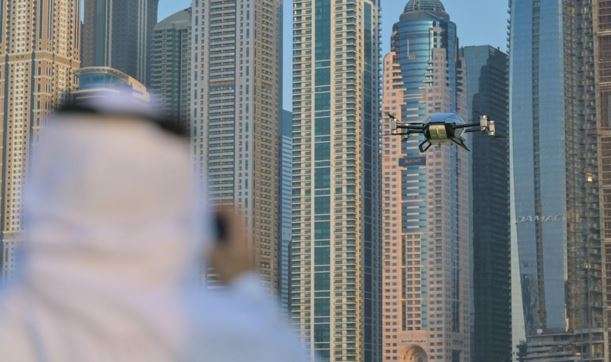The Department of Municipalities and Transport began the Abu Dhabi Digital Twin project, enabling it to apply 3D augmented reality to improve and speed decision-making operations. Massive development in the emirate’s attempts to establish a geographic information system.
The DMT unveiled the project’s information at the Thursday Abu Dhabi government display at Gitex Technology Week 2022.
The pavilion, which houses 30 government departments, is presently displaying a variety of initiatives and activities targeted at boosting the quality of life and amenities in the emirate.
The Abu Dhabi Digital Twin project uses cutting-edge technology, including game engines, aerial photography, and LiDAR scanning. By launching and implementing augmented reality and preparing the emirate for the metaverse in line with the most strict international standards, it intends to develop the notion of smart cities.
The program, the first of its sort in Abu Dhabi, tries to present a detailed and accurate picture of the emirate, including building exterior shapes. It will boost the real estate market, promote prominent spots across the emirate, and give structures development inside knowledge.
An attempt to speed up emergency reaction times and aid planning and decision-making is in process.
DMT’s participation at Gitex Technology Week 2022 looks at the division’s cutting-edge digital initiatives that contribute to the advancement of Abu Dhabi’s quality of life, according to Dr. Salem Al Kaabi, Director General of Operational Affairs at DMT. In agreement with the leadership of Abu Dhabi’s objectives to establish the emirate as a critical center for international commerce and industry.
The Abu Dhabi Digital Twin project uses 3D modeling to visualize the emirate, which aids in data analysis comprehensively. It Facilitates decision-making, tracks the appearance of the emirate’s cities, and uses virtual reality to draw attention to the most significant locations for the general public.
Users, including planners, engineers, specialists, and representatives of the public and commercial sectors, will be able to analyze the evolution of the emirate in 3D and analyze vast amounts of data owing to the project’s introduction of a synchronous portrayal of the emirate.
The program also gives exact data and metrics for planning and operations across all critical sectors to decision-makers, experts, and specialists.
Additionally, it will give tools for spatial analysis that help assess the effects of alternative urban planning scenarios, making critical planning decisions. Merging the project’s findings with numerous technologies developed a complete visual picture of building structures and other assets. Additionally, it guarantees the ongoing updating of data, such as that contained in real estate systems for lease agreements, rental indicators, sale and purchase markers, urban spaces, and community amenities, construction permits, financial services, highlighting, and urban planning, promotional licenses, details on amenities, community facilities, and inspections.



